Before taking the ferry to George Town, Penang I checked out iNaturalist to see what observations had been made. Surprisingly, there isn't much.
Penang National Park is like a black hole for mushroom observations. I'm eager to explore these areas on the map because there's an air of mystery.
I made a couple of trips to the National Park during my stay on the island. Taking the bus along the northern coast, the hour-long ride was scenic.
The National Park is home to over a thousand species of plants and is the most diverse park in all of Malaysia.
The place is a haven for turtles, crustaceans, dusky leaf monkeys, and rare pitcher plants, which is the town’s mascot and a massive statue is found in the center of a round-a-bout near the Park.
Hiking the trail to the beach was precarious. Parts of the track were previously dug out to make way for logging operations.
Slippery muddy clay steps require steady footing and balance. Ropes are tied to trees to aid hikers in climbing steep hills. Most steps are naturally formed from tree roots that anchor the ground.
Many hikers making their way back are covered in mud. Felled trees have steps cut out to climb over, and trails of hundreds of marching leaf-cutter ants snake over logs and across the paths. It's humid and exhausting, but worth it.
Boasting one of Malaysia's most unusual assemblages of biodiversity, this is what I found on the way to Kerachut Beach.
Crocinoboletus
This mushroom stuck out like a tangerine. I honestly thought this was either someone's discarded orange peel or trash. The color seemed so out of place and unnatural. When I got a closer look I realized it was some sort of bolete.
Crocinoboletus has two recorded species: C. laetissimus and C. rufoaureus, the latter was first found in Singapore, and the ones I spotted looked most similar.
The species is characterized by its brilliant orange color - caused by the presence of unusual boletocrocin polyene pigments. When cut or bruised a bluish olivaceous staining occurs.
As I scramble through a valley of slick clay and mud, making sure not to wipe out, I see red; a few caps no larger than an inch poke out from the sandy soil. I don't know what these are, but the most fascinating thing occurred after I collected them.
Phylloporus sp.
The maroon, blood-red gills, stipe, and sunburst orange-rimmed cap blackened.
Now a volcanic ash covered the stipe, and the underside appeared lava-like. This mushroom transformed into something truly unique. I've never seen anything like it before.
As odd as it was to see a mushroom transform on the outside, some unassuming mushrooms have pretty wild growths on the inside, much like the Pisolithus species I've mentioned finding before at Kiara Hills in Kuala Lumpur.
Pisolithus aurantioscabrosus
This hefty one was like a bommy-knocker. Spiky on the outside and held up by a clay-like stipe, I didn't know what to make of this thing when I first came upon it.
Using my hands, I split the spiky bulb in half, and like an excited kid opening a Kinder egg was surprised at the multi-colored stone-like kernels inside.
The genus Pisolithus (literally "pea stone") gets its name by observing the pea-shaped peridioles, which break down to release spores.
In this photo, you can trace the development of new peridioles from the basal area, where they are small and yellow, to the upper area, where they expand and become brown with spores.
Calostoma
The genus name Calostoma is derived from the Greek kallos or "beauty" and stoma or "mouth"; similarly, several species are referred to in the vernacular as "pretty mouths" or "hot lips."
This species is on the IUCN red list as an endangered fungus and I found a few growing off the side of the track. They're distantly related to boletes and are small puffballs. An edible species, it is collected particularly in northern Thailand and in Borneo for local consumption.
These were but a few of the species I came across, but a common theme with most of the mushrooms was their ability to produce dye. Dyeing fabrics using mushrooms isn’t something most people consider; most ask if they’re edible, medicinal, or psychedelic.
The Mushroom Color Atlas is an interesting resource that explores the spectrum of colors derived from mushrooms and highlights a different use case that I find quite interesting.
Over the next few weeks, I will explore Langkawi, an island north of Penang. Much like Penang, there aren’t many observations recorded on iNaturalist, so I’m curious about what other unique species are here. Till next time!





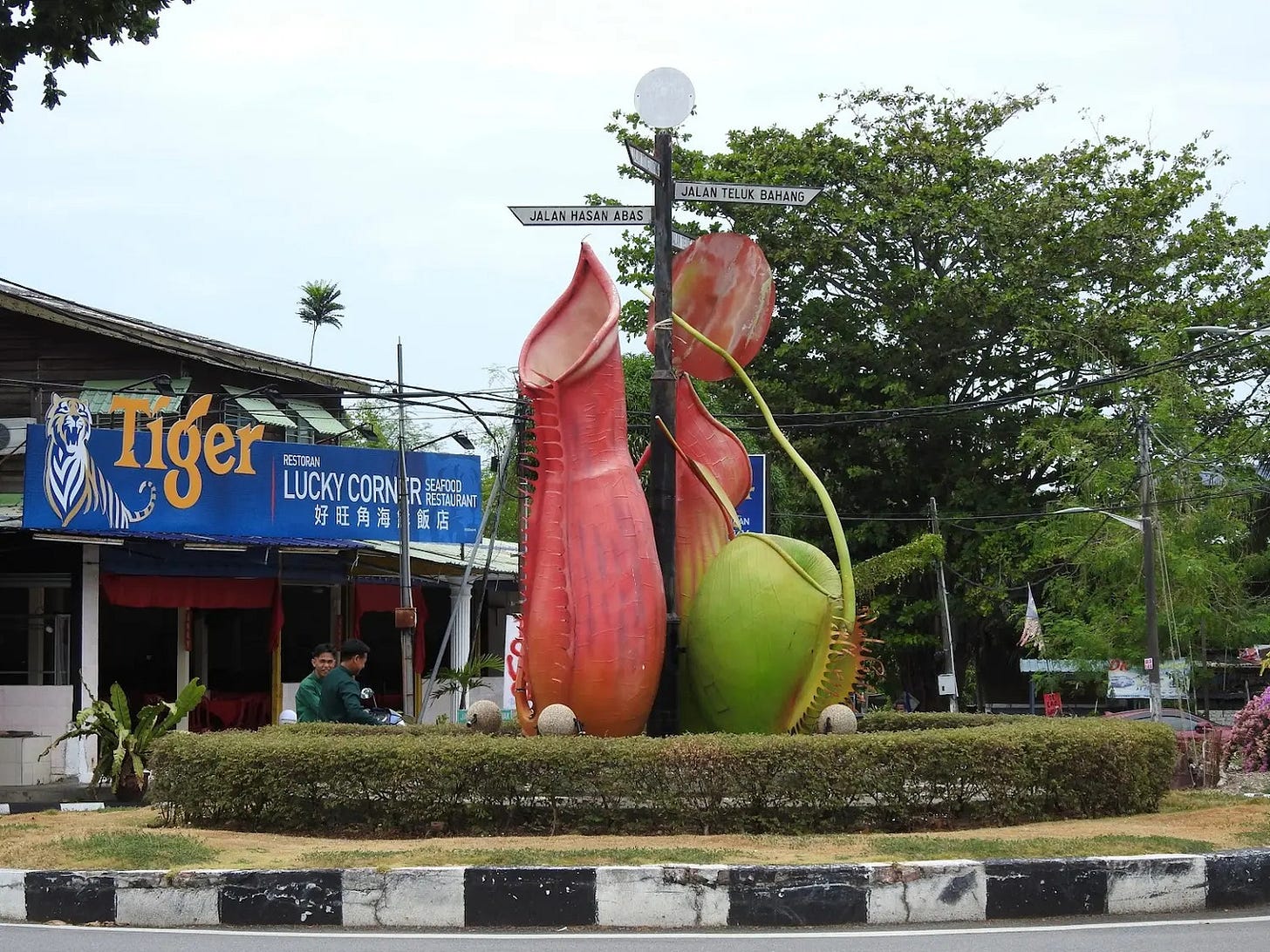
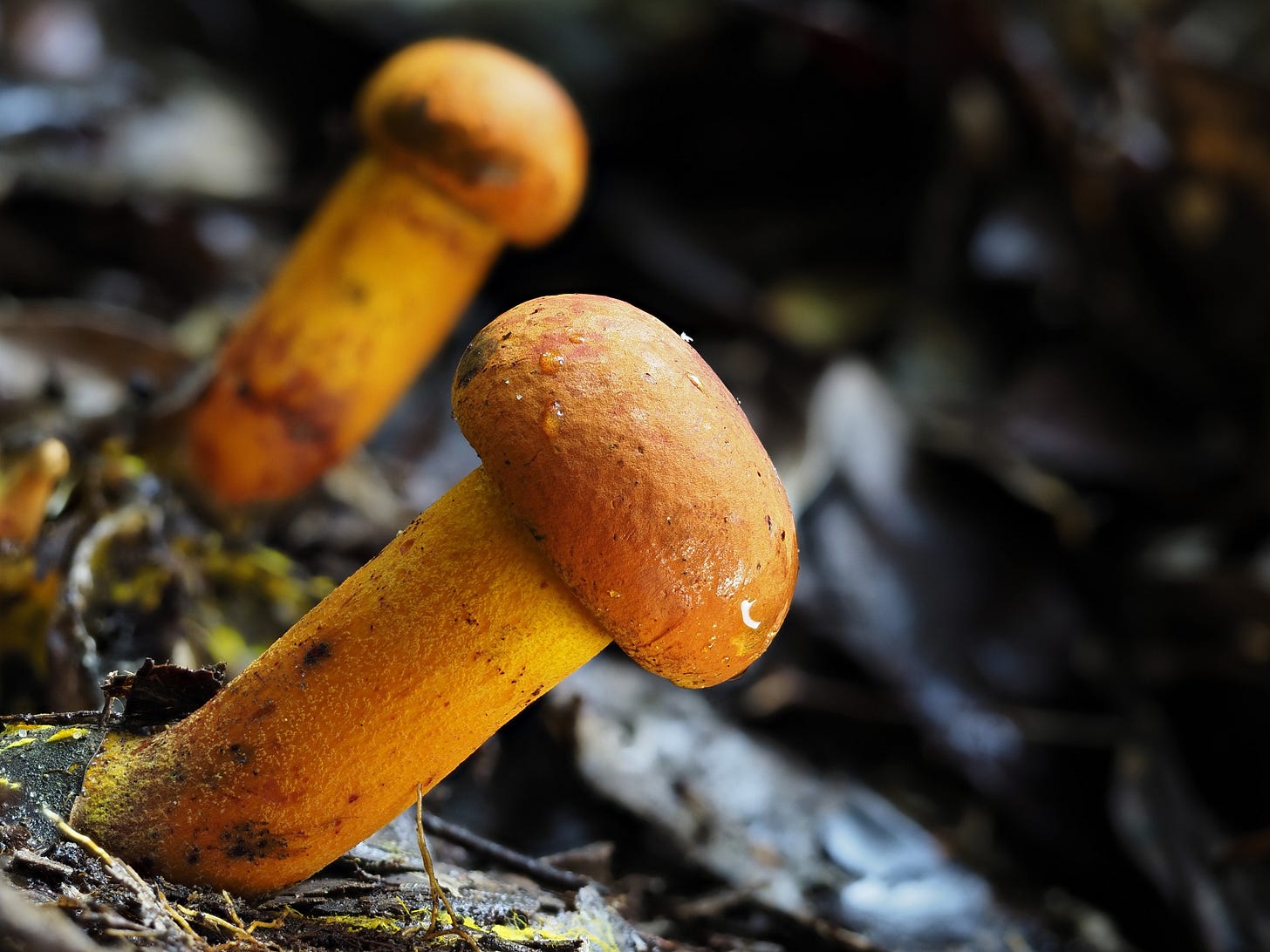
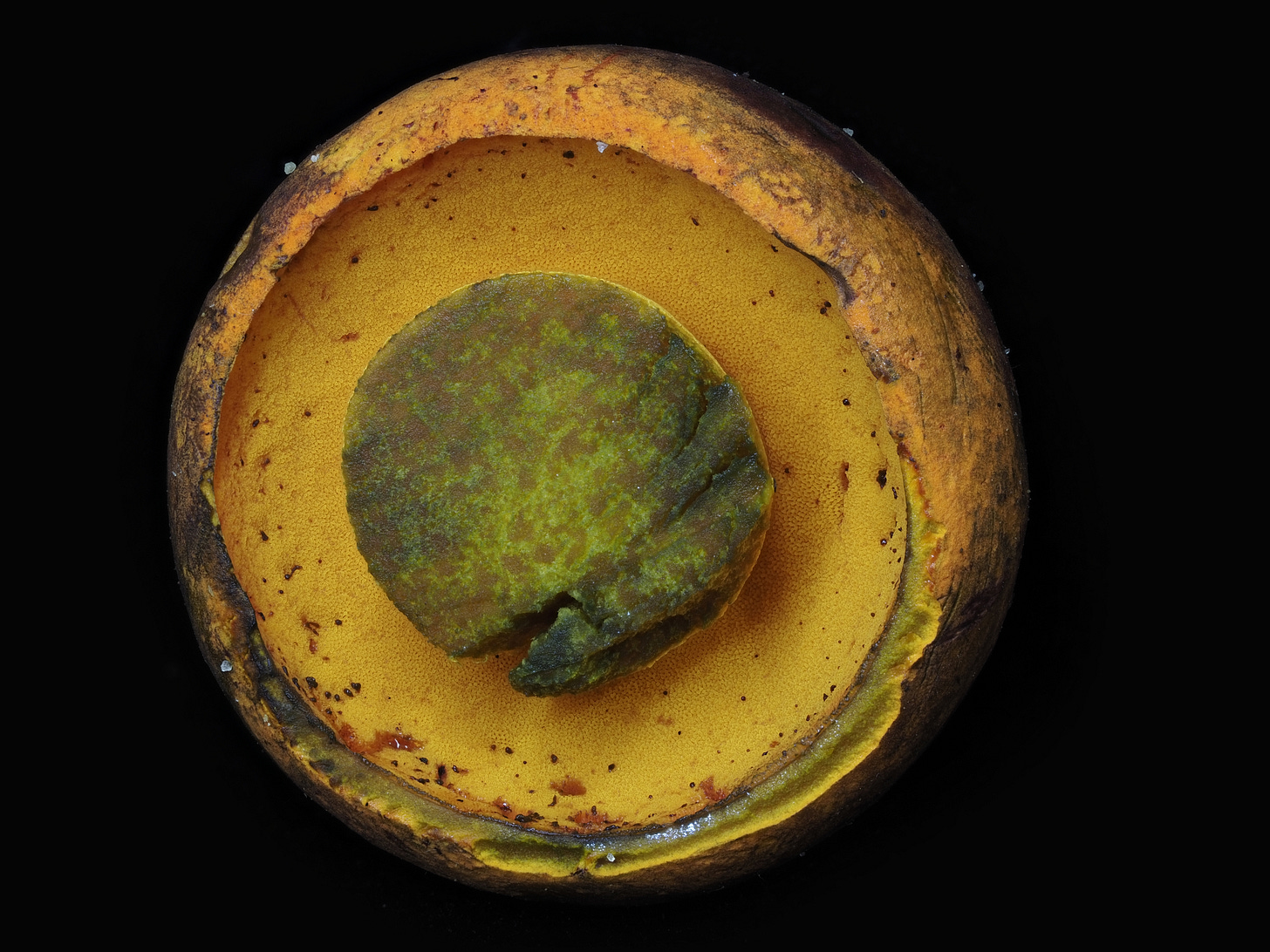
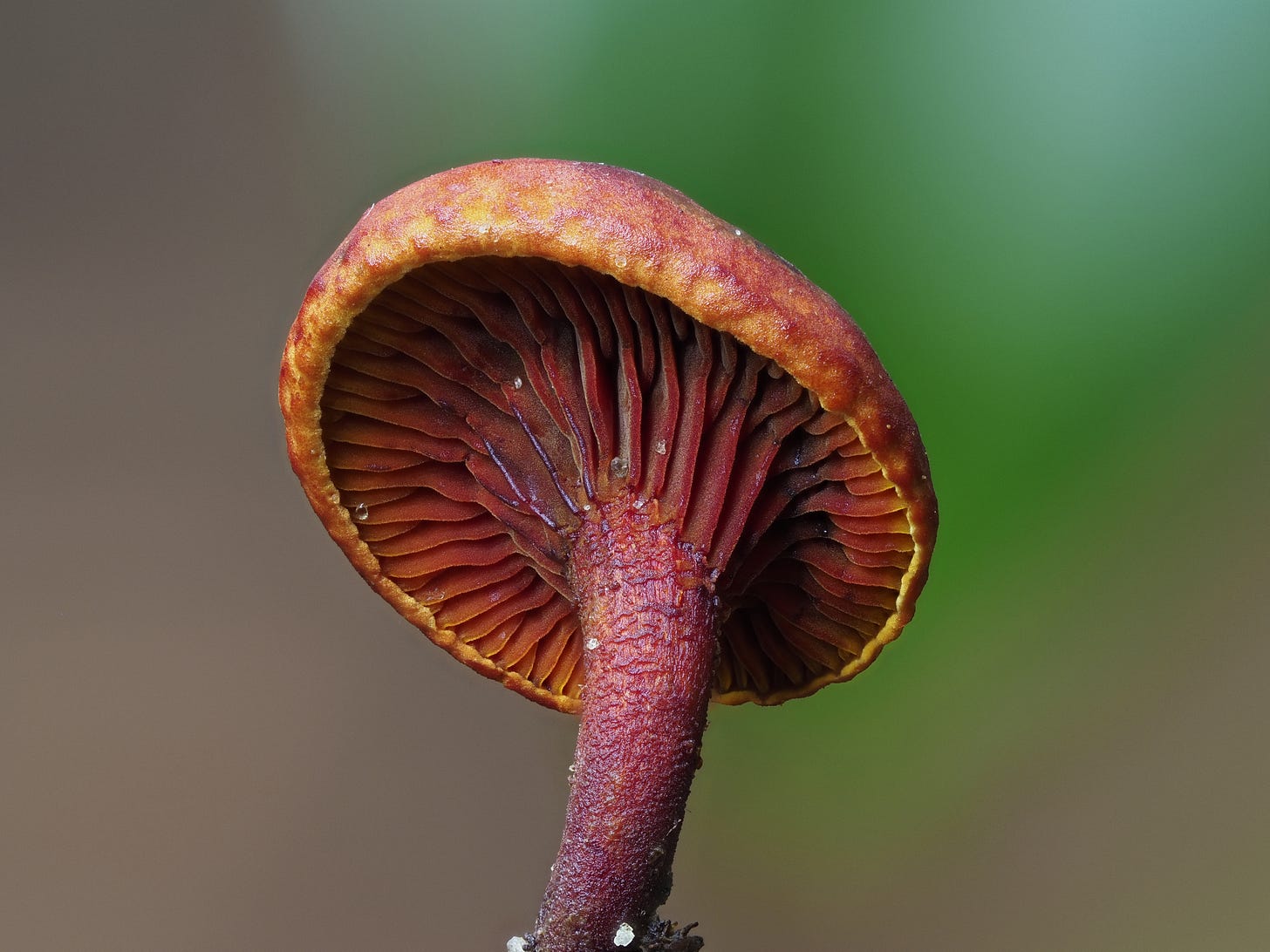
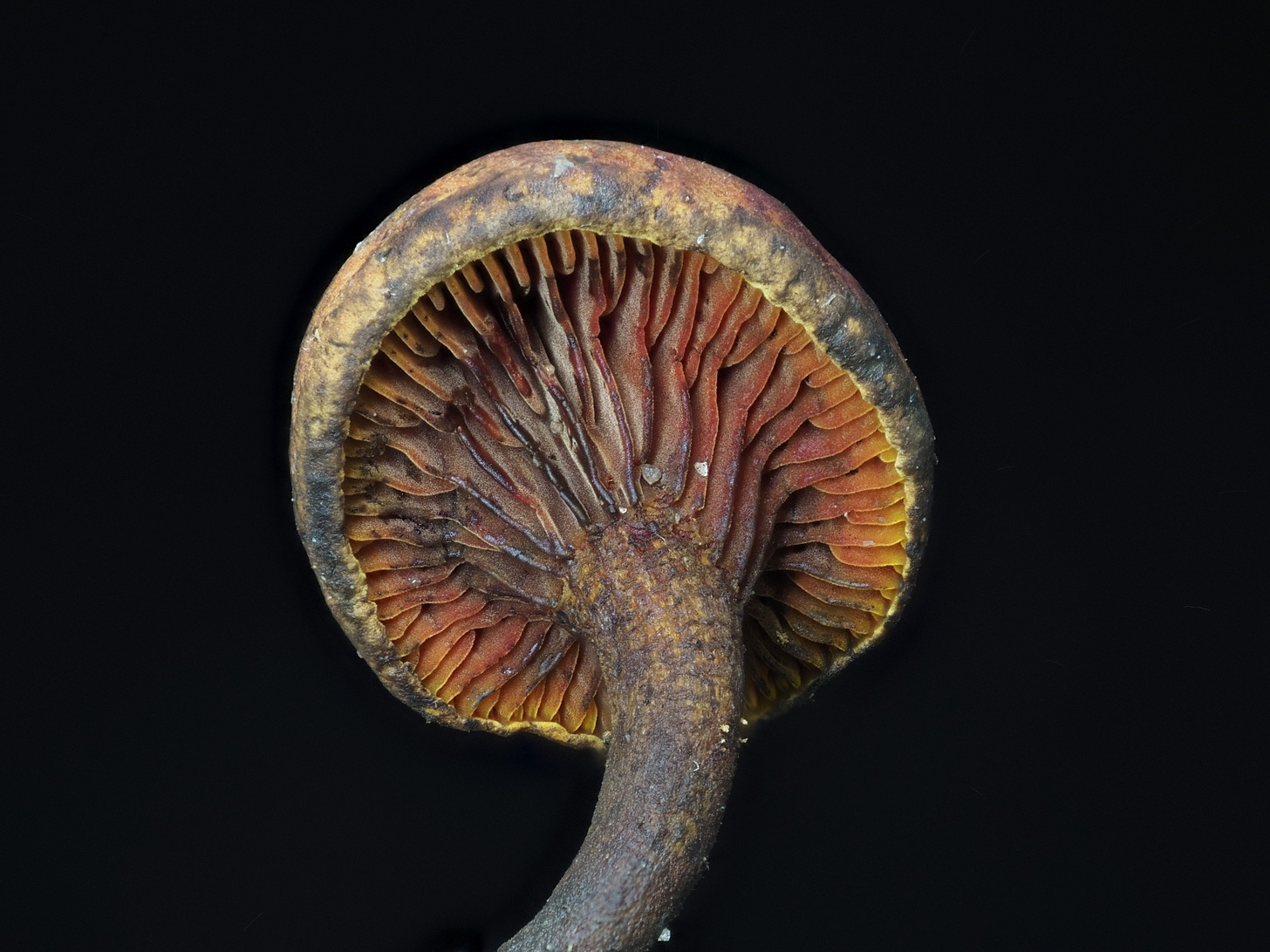

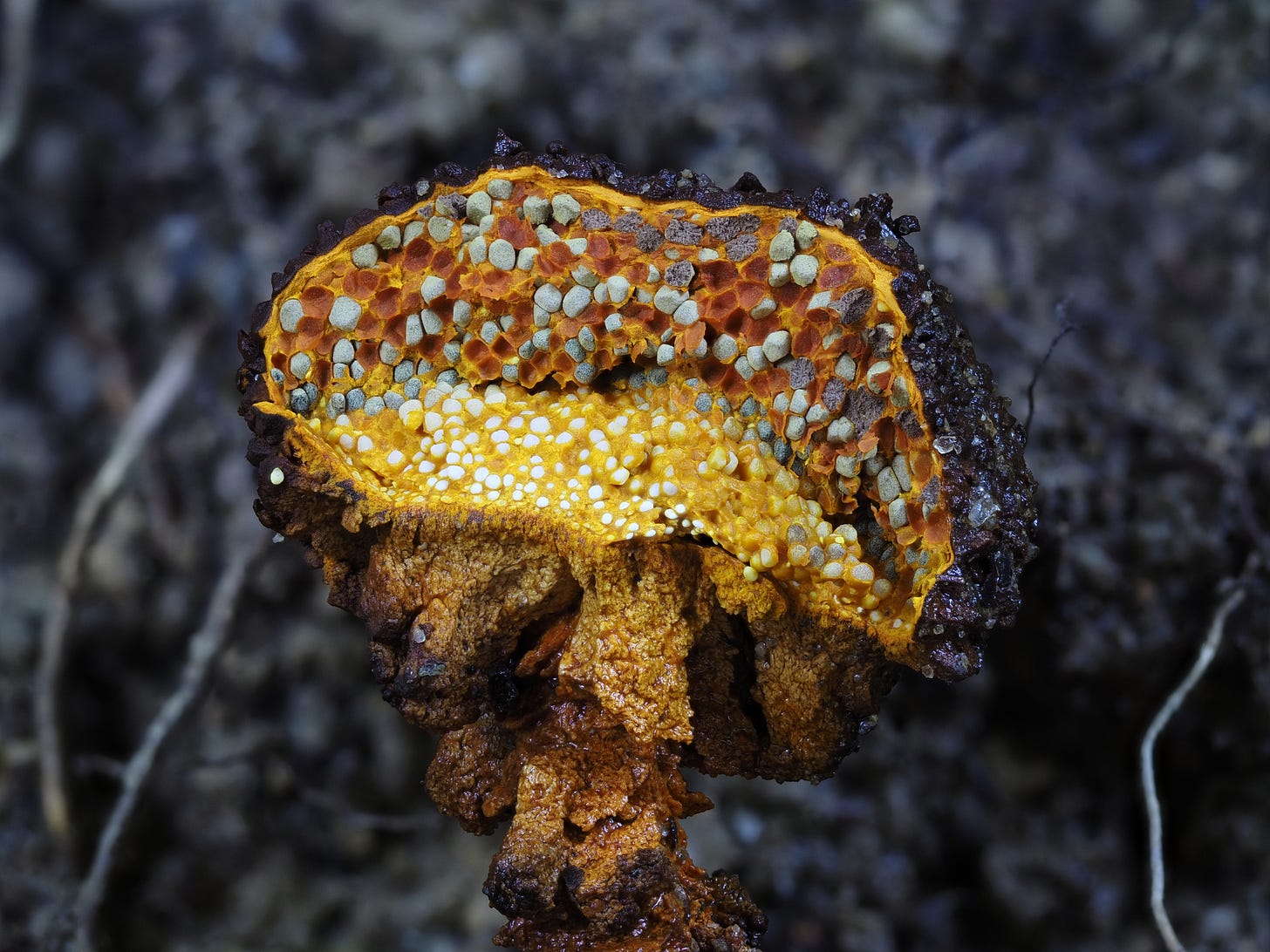

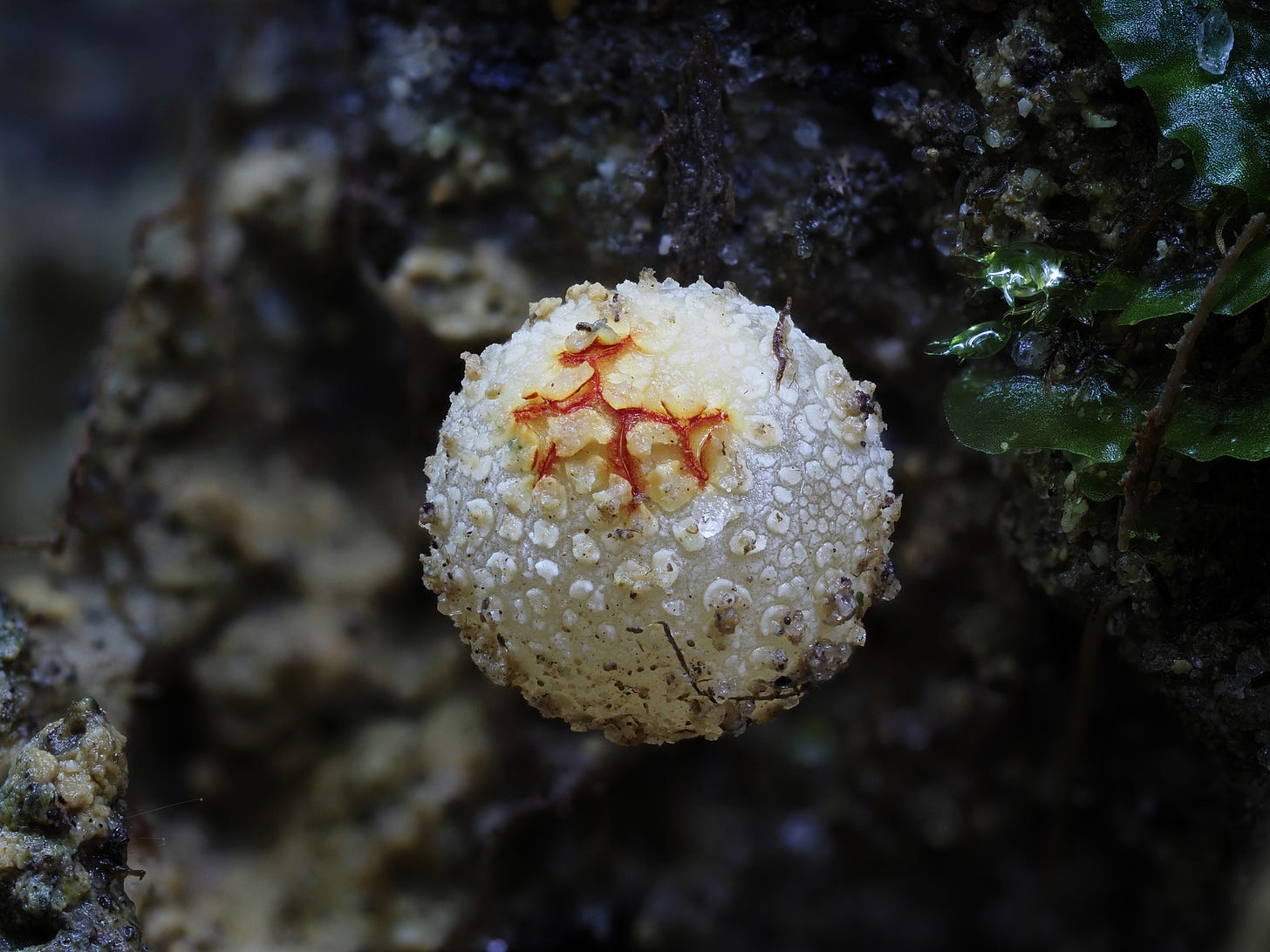

Share this post